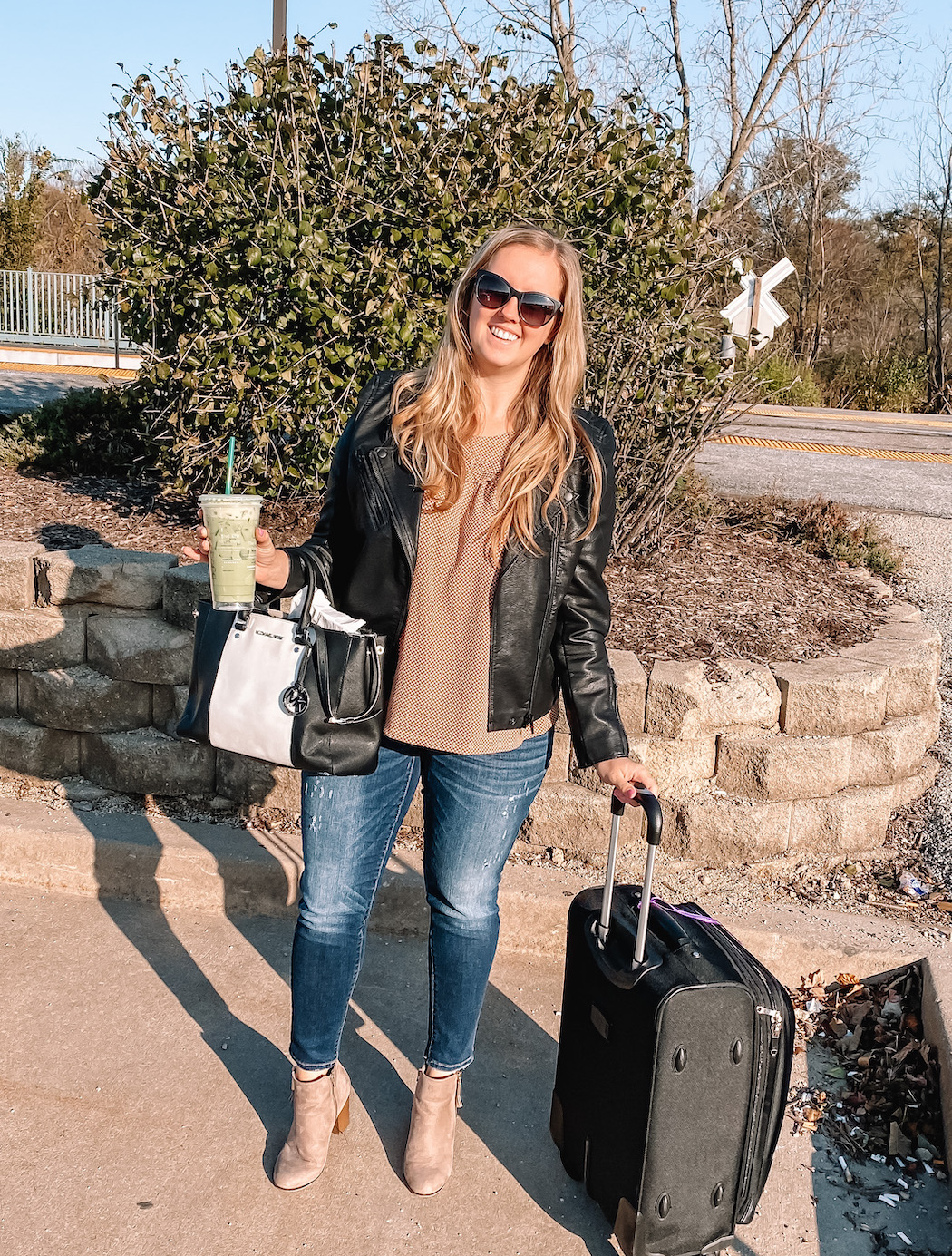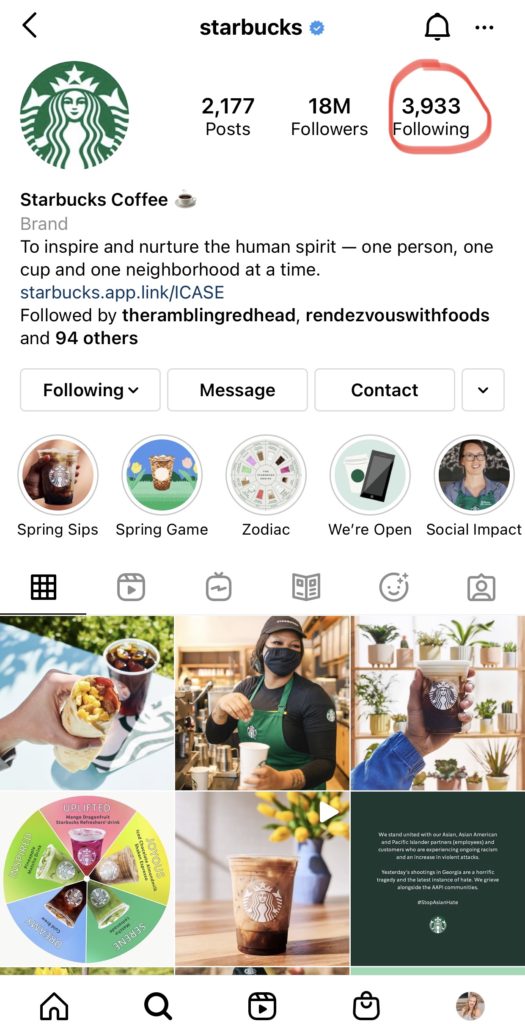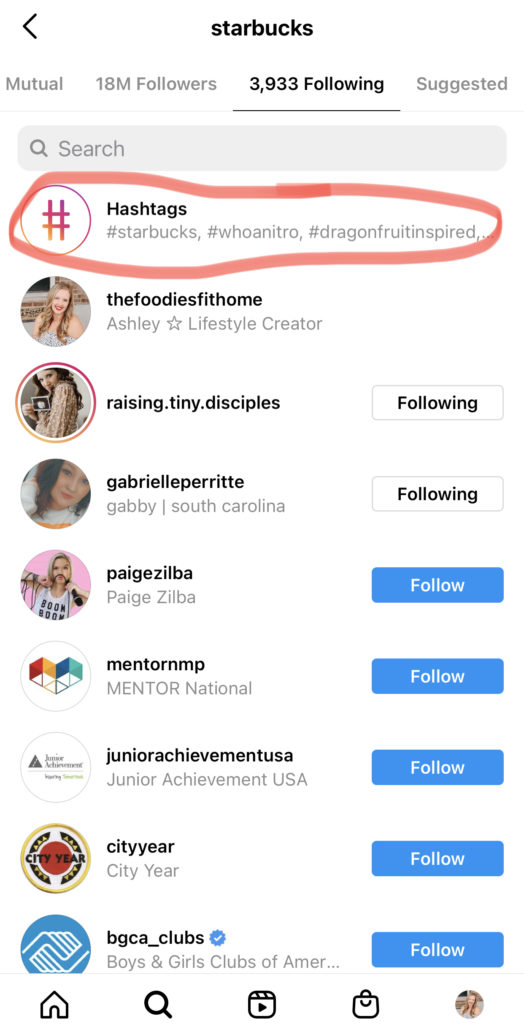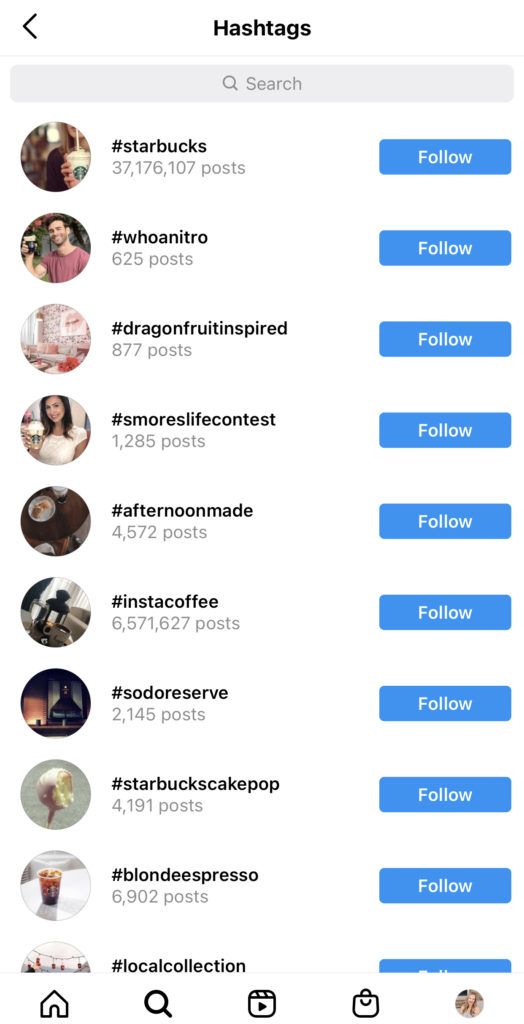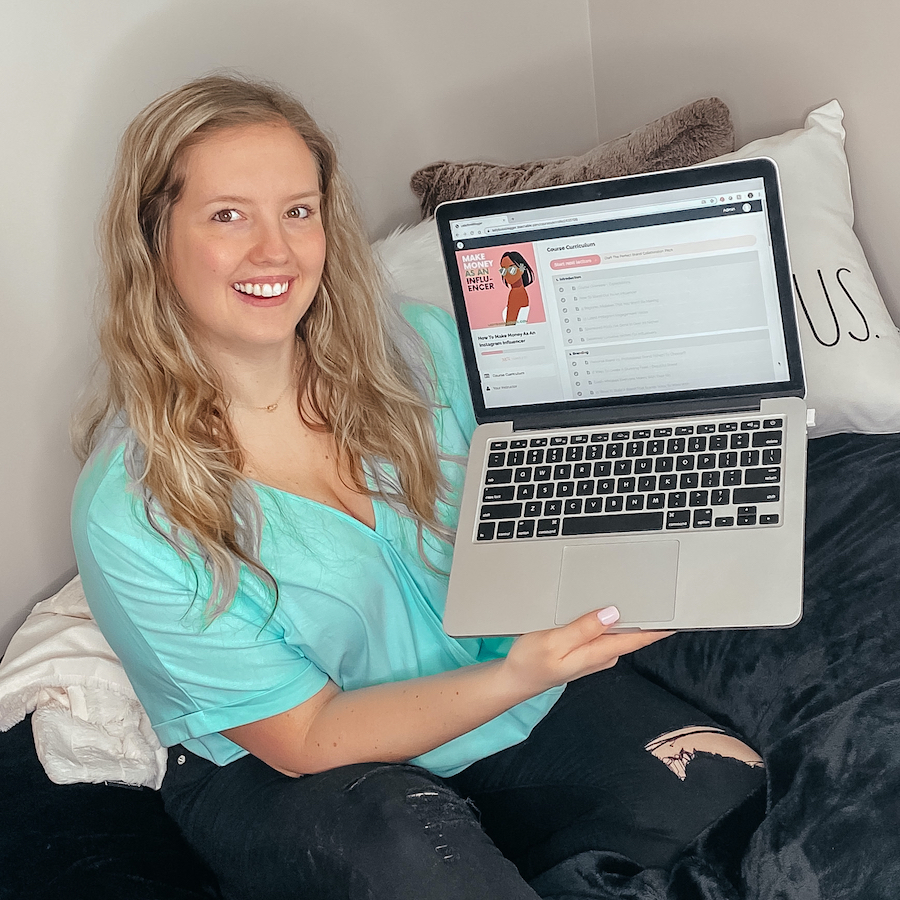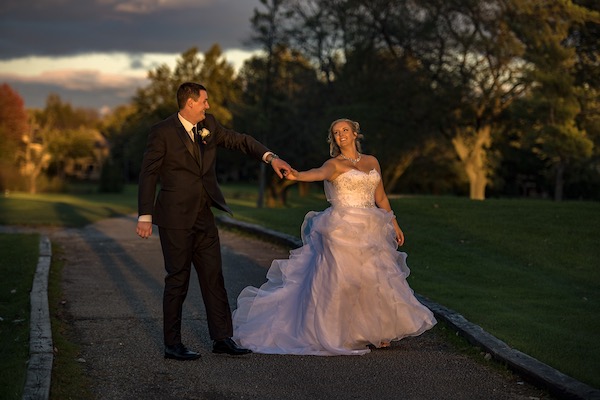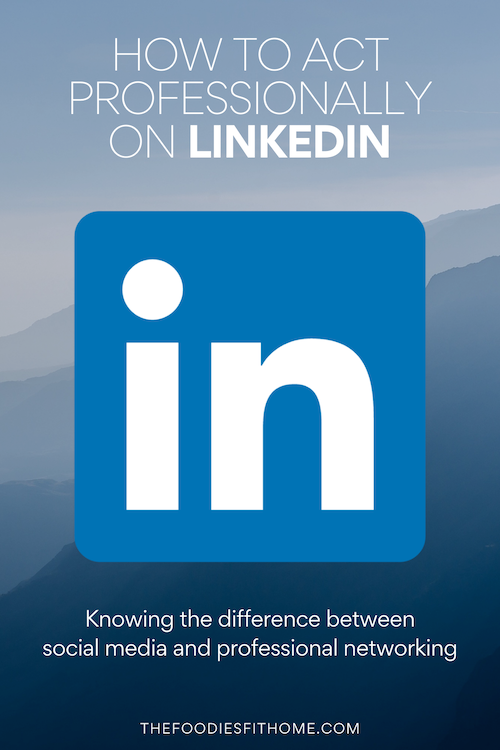While my job is to support the entire life cycle of blogging, marketing specifically is a fire that burns deep within me. It’s what I ultimately ended up concentrating my studies on the most in college. This ended up being incredibly beneficial to me because marketing is a HUGE component to blogging, influencing, creating, etc. Today, we’re going to talk about various marketing tactics I use in my overall blogging strategy.
Cross Promoting Your Blog Posts
Every single time a new post is published, you should be promoting it on all your social channels (and sending a note to your email list).
Depending on your blog’s subject matter/if you’re comfortable to do so, I also suggest promoting your posts on LinkedIn. This platform is likely an entirely different audience than your other channels, which makes it a prime opportunity to gain some new readers!
Places to Promote Your Blog
Anywhere that gives you the option to plug in a URL, you should be listing your blog. You never know who will stumbled across what, so the more links back to your content out there, the better!
- Blog and personal email signature lines
- Instagram bio link
- Pinterest bio link
- Facebook Page and/or Group website field
- Twitter bio link
- TikTok bio link
- YouTube Channel website and/or Description
- LinkedIn About section
- LinkedIn Experience section (optional, more involved)
- LIKEtoKNOW.it bio link
- Amazon Influencer page
- Poshmark/Mercari/other marketplace platform website fields
Pinterest Blogging Strategy
Pinterest is so involved it needs its own mention. Serving as more of a search engine than a social network, Pinterest content is sought out differently and therefore sharing strategies should be approached differently.
For example, Pinterest users don’t typically search for “home decor bloggers” or “easy recipe creators” and check out that person. Rather, end users search for a specific content such as “low carb bagels” or “Cooper’s Hawk Brussels Sprouts copy cat“, for example. It’s important that not only are your blog posts tagged with rich key words, but so are your Pins.
Did you know?
Pinterest Pins can have up to 30 searchable hashtags each, similar to Instagram posts. This Starbucks Low Caffeine Pin is a great example of one that is doing well with very relevant hashtags. Note: the hashtags count towards the character maximum of the overall caption, so you may not always have room for a full 30 hashtags if you have a longer Pin caption.
Pin Every Blog Post Image
Aside from the obviously unrelated photos like site logos, etc. I highly recommend getting every image on a blog post in circulation on Pinterest. You’d be shocked what images take off! This Pin is a great example. I’d never initially think of this photo as “Pinterest worthy” but in hindsight, it gives the reader the EXACT information they’re seeking which does well on this platform. Keep in mind, you shouldn’t be posting them all to Pinterest at once, but with the Planoly Pin Planner, it’s easy to stagger their publication.
Planoly Pin Planner Tool
I’ve mentioned this before, but I’ve sworn by Planoly’s Instagram feed planning benefits for years. Since upgrading to their Solo plan in 2019 I’ve had access to their Pin Planner tool. Turns out, it’s amazing for your overall blogging strategy! I didn’t notice I had this feature right away but wish I had, because my Pinterest board views have shot up an average of 80-100k monthly since using it!
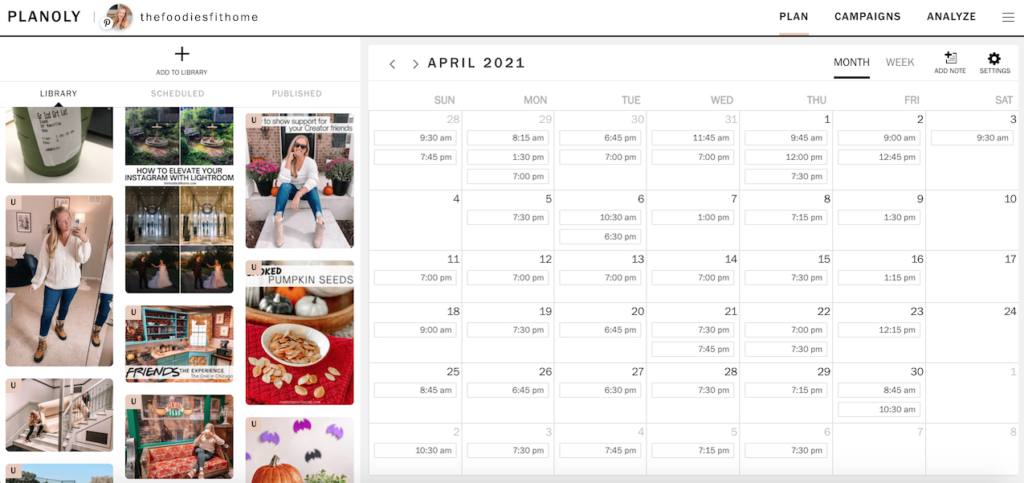
I attribute part of that uptick in traffic to spreading out my Pins. As you can see, I’m well into scheduling Pins for April and I start by spreading them out to constantly keep my Pinterest active. More activity = more relevancy = more exposure in the Pinterest algorithm.
How the Planoly Pin Planner Works
With the Planoly Solo plan (like I have) you get 30 auto Pins to schedule each month. I’ve found that to be plenty with the workload I have, and I’m currently blogging full-time. You can always upgrade if you need more, so I’d suggest starting with the Solo plan for now. I noted this in my Tools & Resources post, but to reiterate, the 30 Pins are counted by each upload. So you can actually stretch the 30 Pins much farther if you select 5, 10 or even 30 different times for the one Pin to publish before hitting “Save”.
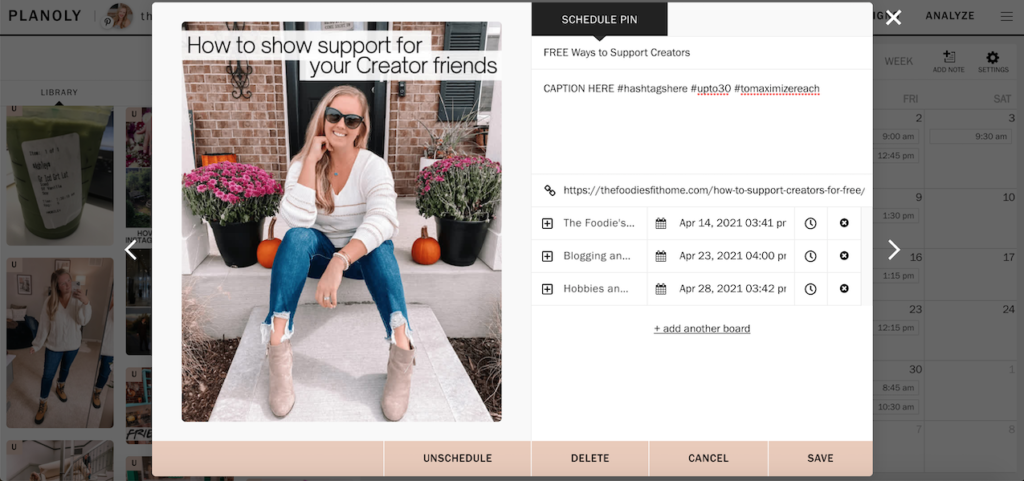
For example, this Pin has three different publication times scheduled but this graphic will only count as one Pin against my monthly allowance.
Connecting with Brands on Instagram
Arguably, Instagram is where the most brands are hanging out and communicating with their customers and potential influencer partners right now. While this series is about your website and blogging strategy, it’s a lot harder to connect with brands directly through their website for collaborations. So, a key way I connect with brands is on Instagram.
Sliding onto Brands’ Radars
One of my favorite secrets to getting on brands’ radars is to go to their Instagram, see who they follow, and at the top it’ll show you hashtags they follow. What does this mean? This means that in addition to posts of people they follow popping up in their feed, posts with these specific hashtags will appear in their feed, regardless if they follow the person or not. This is a great way for brands to find relevant content and creators without digging deep into hashtags!
Of course, you should only use hashtags on relevant content (i.e. don’t use #dragonfruitinspired on a home decor post in an attempt to get noticed by Starbucks. Tagging irrelevant content with those hashtags may very well result in an opposite effect.
Messaging Brands on Instagram
The more obvious and direct way to get in touch with brands on Instagram is sliding into their DMs. It can be an effective way to get in touch with someone from the brand to secure deals right in the app or get an email address to discuss collaborations in more detail. I prefer the latter.
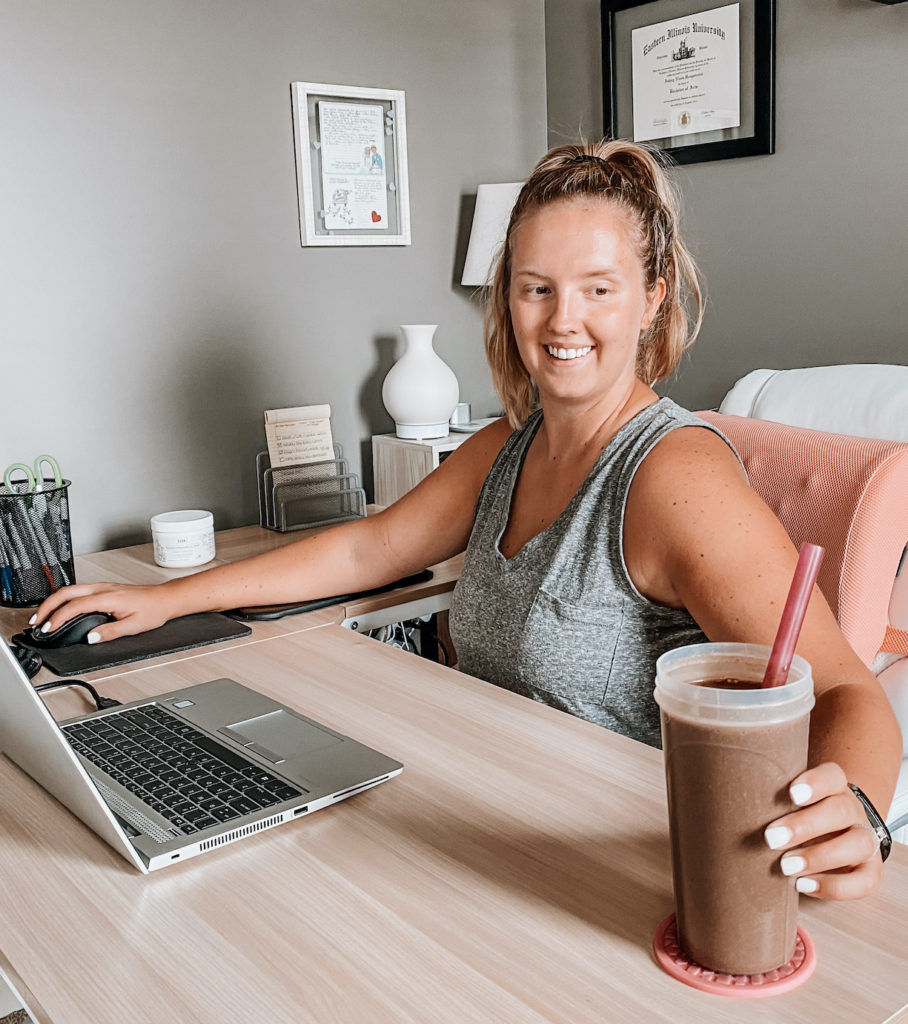
In my opinion, direct messages are a more casual mode of communication and I like to do business more formally. To me, this lets brands know my blog is a real business that can offer real publicity and marketing benefits for their products and services. Also, sending links (i.e. to your blog, your media kit, etc.) via DMs creates a large preview and the window can get cumbersome. Email allows you to send attachments (if your media kit is a PDF or graphic) and keep things more organized.
Tips for Reaching Out to Brands
In addition to direct messaging brands and/or getting on their radar via hashtags, Instagram is also a great place to find the brand’s email for my aforementioned more formal communication.
- Check the “Contact” button at the top of their Instagram profile for an email (and sometimes even phone number, if you feel so inclined).
- Craft a generic but personable template you can use to quickly DM brands to see if they’re available to work with creators; ideally it will help you get an email contact to chat further.
- Do NOT provide your media kit, rates, etc. on the initial outreach! This is so important. I’ve done both, and I always get more responses when brands have to reply back to request your rates. This opens up the window for additional conversation.
- DO PROVIDE a link to your website and any major social platforms (i.e. for me, I provide my blog’s homepage and my Instagram URL). It’s also great to provide your blog’s About page if it’s not prominently displayed on the homepage. This way, the brand can get a further glimpse into who you are but still needs to reply back for rates, offerings, etc.
This concludes my Blogging 101 series! What was YOUR biggest takeaway? I hope this series has given you lots to take back to your website and level up your blogging strategy. I’d love to hear your action plan and next steps in the comments.
Questions or suggestions, perhaps things I could elaborate on more are also very welcome! Perhaps there’s even a bonus part 5 in store if I have enough inquiries in the comments below? *hint hint*
Share your journey below so I can help keep you on track!
More Blogging Strategy
- Blogging 101: Starting a Blog (part 1 of 4)
- Blogging 101: Tools & Resources (part 2 of 4)
- Photo Editing in Lightroom
- Blogging 101: Monetizing Your Blog (part 3 of 4)
This post contains referral/affiliate links. A small commission may be earned if products are purchased through my links. Thank you for supporting the brands that support this blog.
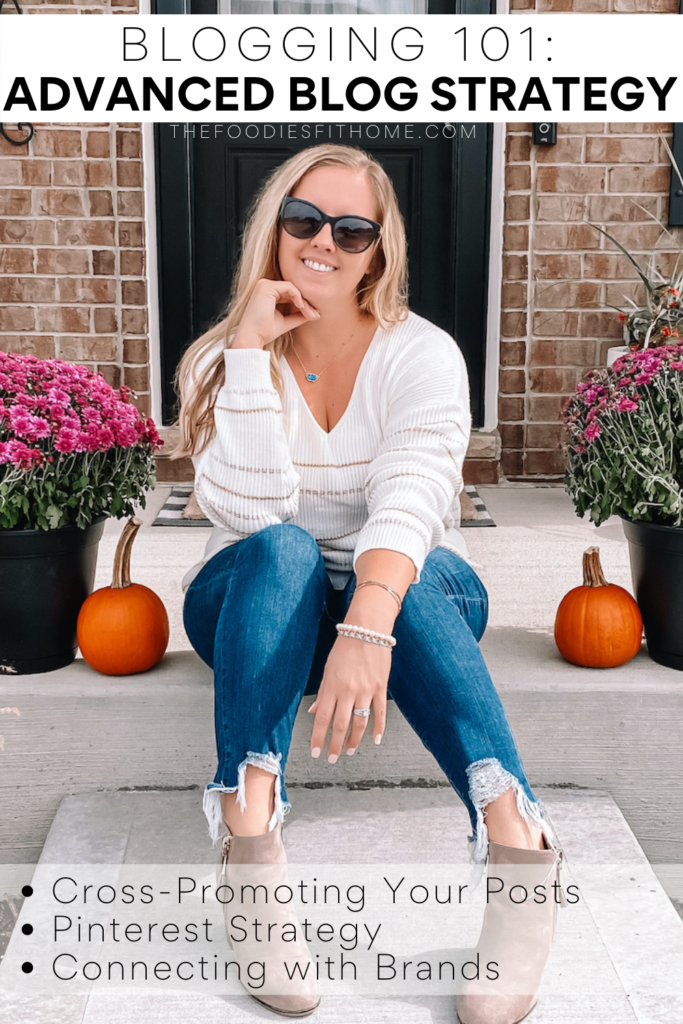
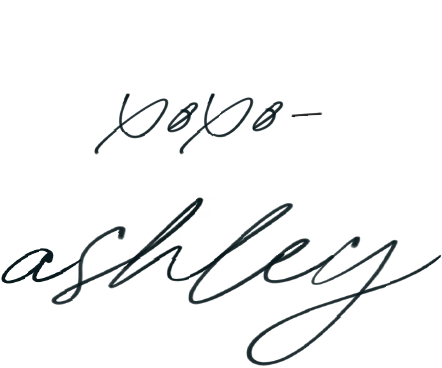
This post contains referral/affiliate links. A small commission may be earned if products are purchased through my links. Thank you for supporting the brands that support this blog.

